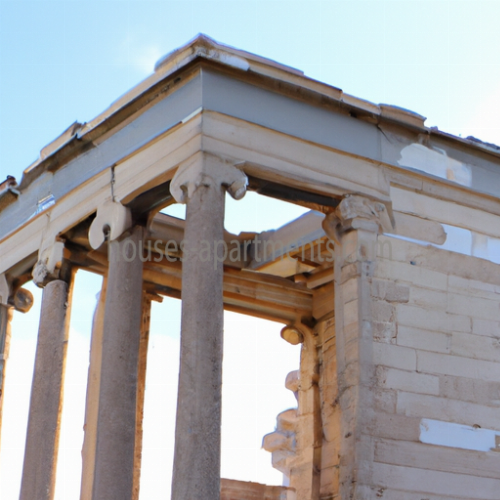The Erechtheion is an ancient Greek temple located on the north side of the Acropolis of Athens. It was built in the 5th century BCE and is considered one of the most significant and influential examples of Ionic architecture.
The temple is dedicated to both Athena and Poseidon, representing the two main mythical figures who competed for the patronage of Athens in Greek mythology. The building includes several distinct parts, each reflecting different architectural styles and features, including the famous Caryatids - six female figures serving as columns.
One of the most notable features of the Erechtheion is its innovative and complex design, featuring multiple levels, asymmetrical layouts, and a combination of Ionic and Doric orders. Its unique architecture has inspired numerous other buildings throughout history and influenced the development of Ancient Greek architecture.
Today, the Erechtheion remains an important cultural and historical monument and is a significant part of the UNESCO World Heritage Site of the Acropolis of Athens.
Publication date:

